50 years after disappearance, Jimmy Hoffa leaves behind a complicated legacy
Published in Business News
WASHINGTON — The legend of Detroit union leader Jimmy Hoffa endures in the world of organized labor, for reasons beyond speculation surrounding his mysterious, mob-connected disappearance 50 years ago on July 30, 1975.
Hoffa served as president of the International Brotherhood of Teamsters from 1959 to 1971. He rose to power and prominence in the heyday of unions during the United States' postwar boom and remains a symbol of working-class labor leadership — albeit not for all the right reasons, according to labor experts.
“I would not say he was revered," said Art Wheaton, director of labor studies at Cornell University's School of Industrial and Labor Relations. "But you could say he was feared.“
Many of Hoffa's actions as president of the Teamsters reverberate decades later. Experts and union officials commended his role in negotiating historic collective bargaining agreements in the 1960s that set a high standard for worker contracts. But they also condemned his shady tactics that landed him in federal prison, contributed to negative stereotypes of union bosses, and likely led to his being killed.
"Some of his methods were not particularly recommended, but he absolutely fought as hard as he could to get more for his members,” Wheaton said.
Hoffa was convicted of jury tampering in 1964 and eventually sentenced to 13 years in prison. He continued to serve as Teamsters president from behind bars until resigning in 1971.
That year, then-President Richard Nixon commuted his sentence on the condition that he not rejoin Teamsters leadership until at least 1980. But Hoffa would challenge that provision in court, and ultimately came to believe that he had a path back to the top of the union. Amid those maneuverings, he was scheduled to meet with two Mafia members on a late afternoon on July 30, 1975, at the Machus Red Fox, a Bloomfield Township restaurant.
He was never seen again. A judge pronounced him legally dead in 1982, though the FBI is still investigating the disappearance.
Wayne State University Professor Emeritus of Business Marick Masters said Hoffa was a "larger than life" yet "polarizing" figure.
The professor added Hoffa wasn't entirely dissimilar, in style at least, from the famously opinion-splitting President Donald Trump. Like the Republican leader, Hoffa had a propensity for brash candor and would employ "heavy-handed" tactics. That brought "passionate loyalty" among his base of support but also invited a fair share of scrutiny.
"(Hoffa's) strength and aggressiveness and assertiveness was a double-edged sword," Masters said.
Member focus
Mark Gaffney, a 37-year member of the Teamsters union and former president of the Michigan AFL-CIO, a federation of labor unions, spoke highly of Hoffa: "He was tough. He was demanding. He was firm."
"Perhaps his single biggest achievement — and understanding it tells you a lot about the man — was in the mid ‘60s when he achieved what we call the NMFA, or National Master Freight Agreement," Gaffney explained in a phone interview. "This was a basic contract that covered almost everything, and it was put in place all across the country."
Gaffney paused to emphasize the impressive scale of the contract implementation, which extended to 16,000 businesses and more than 400,000 members. "Not 50 plants of the same company, which we see. Not five or 10 companies in one agreement, which we also see. (Sixteen thousand) different companies in one contract," he said.
The former state AFL-CIO leader attributed part of that standard-setting win to Hoffa's revamping of how the Teamsters fought for better contracts through business agents, essentially professional union negotiators.
"He's the reason Teamster business agents wear suits and ties, even to this day in many cases, because he insisted on that," said Gaffney, a former business agent for the Teamsters. "And you followed the business agent because he had a professional demeanor, because he wore a suit and tie, because he drove a car as good as the boss. He didn't schlep up into the parking lot. He walked through the front door."
That was related, Gaffney added, to Hoffa's embrace of what labor scholars call "business unionism," which refers to labor groups focusing more narrowly on the well-being of their membership than broader social or political reforms.
Harley Shaiken, a University of California-Berkeley professor who specializes in labor and the global economy, called Hoffa "transactional," unlike some of his peers. "Hoffa never felt like he represented the working class, like Walter Reuther did," said the professor, referencing the legendary former president of the United Auto Workers.
Many in the Teamsters union appreciated that approach — Teamsters like Bill Black, a business representative for the union's Local 243 in Plymouth Township.
"He brought more people into the middle class because of his style than anybody else in the history of the labor movement,” Black said. He later added that Hoffa "did what was right for his members with whoever he had to work with. Whether it be Republicans or Democrats, he worked with people who worked to help his members. And that was his legacy."
Masters noted that Hoffa's legacy is a reminder that, despite labor's historical association with the political left, it does not always fall neatly on either side of the partisan divide.
The labor expert said that Hoffa's connections to the Republican establishment helped him out of grave trouble when his dubious dealings began to catch up to him: After Hoffa was convicted of jury tampering, it was Richard Nixon who ultimately commuted his sentence.
Hoffa's political positioning echoes the Teamsters' recent political activities. Current union President Sean O'Brien shook the Democratic establishment — which has relied on union support for decades — when he spoke at last summer's Republican National Convention. O'Brien was the first president in the union's history to address the RNC.
“Today," he said during the speech, "the Teamsters are here to say we are not beholden to anyone or any party."
Shady methods
Shaiken was quick to point out, however, that Hoffa's tenure also had negative impacts for the union. “I don't mythologize Jimmy Hoffa. I think the flaws were very real.”
He added: "There's little question that corruption grew under his leadership, and mob influence grew, both of which were and are very damaging to unions.”
Hoffa had several run-ins with the law associated with his union activity, including accusations, arrests, indictments and convictions ranging from bribery to mail fraud to jury intimidation.
The union boss also, according to Shaiken, fought hard against reformers within the Teamsters who wanted to make the organization more democratic and less driven by his vision and powerful grip.
Masters said Hoffa became a “punching bag” for the Kennedys — both President John F. Kennedy and his younger brother, Attorney General Robert F. Kennedy — and others who sought to rein in corruption in organized labor. Every time there’s corruption in a union today, Masters said, it ignites “the specter of Jimmy Hoffa.”
That is ironic, the professor noted, because Hoffa's tactics spurred some of the anti-corruption reforms still in place today via the 1959 federal Landrum-Griffin Act.
That law banned secondary boycotts and hot cargo clauses, which were two of Hoffa's preferred methods for turning up the pressure on businesses, according to Gaffney, the longtime Teamster. The law also required secret ballots in union elections to tamp down on voter intimidation, added union reporting requirements to the federal government, and required union leaders to act as fiduciaries.
Lessons for today
The political and economic environment for organized labor has grown more challenging over the past several decades, according to labor experts. But Gaffney said Hoffa, whose son James served as Teamsters president from 1999 to 2022, probably would not be deterred.
"From what I know about him, he would say, 'get to work,'" Gaffney said. "He'd say, 'Sure, it's harder today. Sure, there's more to do today. Sure, you've got more challenges, but that just means you have to work harder to get the job done.'"
Total union membership in the United States has declined significantly since Hoffa's time, peaking at 21 million in 1979 and standing at approximately 14.3 million as of 2024. That is the lowest level since the early 1950s, according to the nonpartisan Congressional Research Service.
The share of workers who participate in unions has fallen even more precipitously, dropping from a peak of roughly 34% in 1954 to under 10% last year. Less than 6% of the private sector workforce was unionized in 2024.
That decline is due to several complicated and interacting factors, including the union-busting proclivities of former President Ronald Reagan in the 1980s, the rise of offshoring to lower-cost foreign trading partners, a shift in the U.S. economy away from manufacturing jobs and more.
Wheaton said that the "biggest" lesson unions today should take from Hoffa is "if you act united and act tough, you have a better chance of surviving."
"The labor environment right now is extremely anti-union under the Trump administration in particular, which has been eliminating collective bargaining rights for federal workers and firing people on the National Labor Relations Board," he added. "I think Hoffa would say that workers are still getting screwed pretty bad, much worse than when he was around."
"So the message is sometimes you have to stand tough," Wheaton concluded. "But there's also the warning: Stand tough, but don't break the law and end up in jail or being disappeared, allegedly, by the mob."
©2025 www.detroitnews.com. Visit at detroitnews.com. Distributed by Tribune Content Agency, LLC.
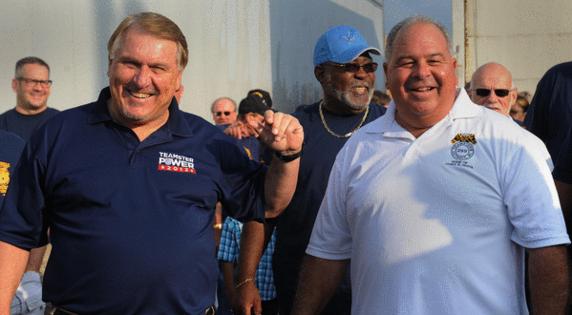
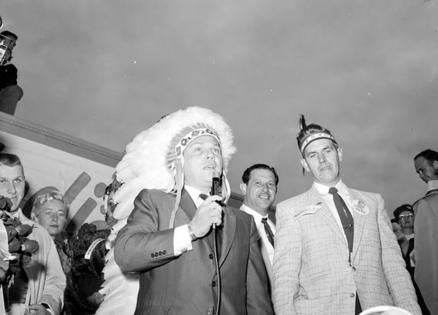
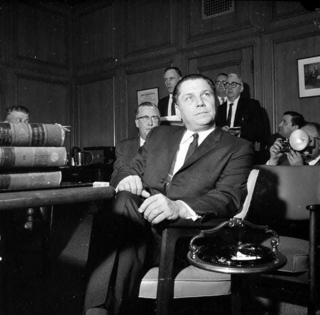





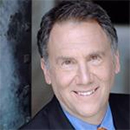


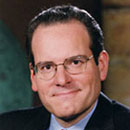
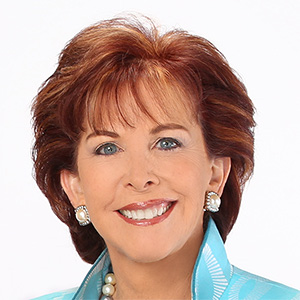


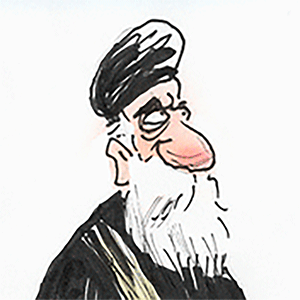
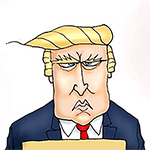

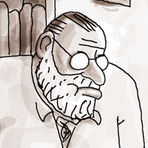
Comments